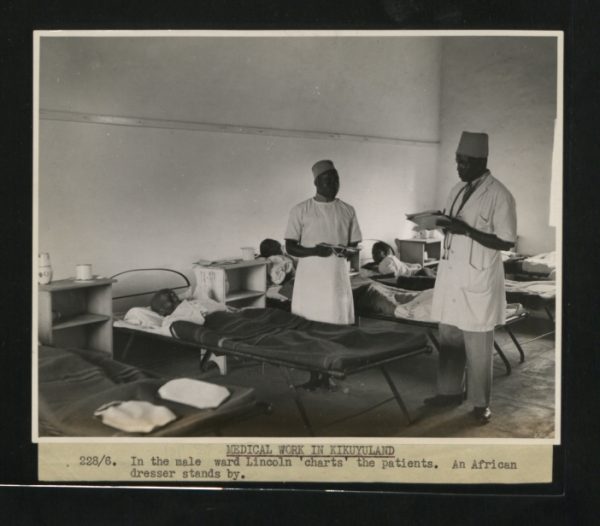IN THE BEGINNING Let’s go to the beginning. Everyone of us started out as the product of the fusion of a sperm (from our father) and an egg (from our mother) and grew and developed to become a fetus that was birthed after about 9 months. The uterus of our mother was our home, for …
The type of healthcare offered during childbirth in hospitals and other health facilities varies considerably across Kenya. A few expectant mothers will give birth to their babies in suites offering five star hotel style service with several trained health staff at their beck and call. In their plush hospital wings, the mothers can get their hair …
Health is a complex phenomenon to document. However, by looking at 1) how long people live, 2) what sort of life they live (‘healthy’ or ‘unhealthy’) and 3) how easy or difficult it is to access healthcare, we can get a glimpse of the current health situation in Kenya. 1) How long do Kenyans live? …
The problem There were few African doctors working in East Africa during the colonial period. In 1958, one of them, Samson Nathan Mwathi, at a conference in San Francisco, USA, gave a talk titled Medical Problems in Kenya (which can be read here). Highlighting one of the problems, he said: We need many more African …
The early years The first Christian missionaries arrived in Kenya in the late 19th century. Ann Beck’s well renowned book, A history of the British Medical Administration of East Africa, 1900-1950 which was published in 1970 (hereafter referred to as Ann Beck’s book) states that the missionaries perceived …the gospel of healing as an essential aspect of …
Ann Beck’s book A history of the British Medical Administration of East Africa, 1900-1950, which was published in 1970, tells the story of health and medicine in Kenya during the colonial period. (I cite this book in this article and hereafter, refer to it as Ann Beck’s book). The beginning The story begins when the …
In the beginning Traditional medicine was practised in Kenya long before the missionaries and colonialists set foot in Kenya and has been passed on from generation to generation. There is a lot of interest in the huge variety of plant-based preparations used as traditional medicines and in the healing practices undertaken by Kenyan communities. Several …
What happens when you mix breath-taking scenery, people with a culture that remains largely unchanged and a landscape that houses the heritage of mankind in the form of bones and tools that are millions of years old? This final article in the series of articles on Lake Turkana and its surroundings, documents some of the efforts …
The Turkana Basin (also called the Lake Turkana basin) traverses the western part of the Kenya-Ethiopia border. It is known for its impressive fossil deposits. In 1902-3, the French aristocrat, le Vicomte Robert du Bourg de Bozas led an expedition that found and collected mammalian remains at the north end of Lake Turkana. He wrote about …
In 1973-4, David and Judith MacDougall’s filmed the documentary Lorang’s Way in the north of Kenya. It is a fascinating reality-tv-like piece on life in Turkana in the days when the president of Kenya was Jomo Kenyatta. The film follows a Turkana man called Lorang as he generously shares with the viewers, his life, including …
One of the groups of indigenous people who live in the north of Kenya, the Turkana, call the large, stunning, green lake Anam Ka’alakol, meaning “the sea of many fish”. Lake Turkana is an important resource, in particular, for the people of the north of Kenya. (For more on the culture and heritage found in …
Lake Turkana is found in the north of Kenya and extends to the south of Ethiopia. How the lake ended up being shared between these two countries is the story of who held power in the early twentieth century. Lake Turkana is the largest desert lake in the world. It is located in the spectacular …
Since 1975, the stunning, green lake in the north of Kenya has officially been known as Lake Turkana. It was a name given in honour of one of the indigenous groups of the north of Kenya, the Turkana, by the then president of Kenya, Jomo Kenyatta.












